We are writing a tool in Java that parses and transforms ABAP code. We therefore have no intention to write new ABAP code but our tool has to handle all of ABAP, even obsolete statements. Furthermore, I'm not an ABAP expert.
ABAP programs can use type groups, introduced by key word TYPE-POOL. Names of type groups have a maximal length of five (internally eight, if you count the prefix "% C"), their type code is TYPP. In the past, relying on these assumptions worked well for us.
Recently, we see ABAP programs with type code TYPP but with name longer than 5, e.g., 'OIA===========================P'. Furthermore, for each of those, there is another, empty object with same name but type code INCL. These new objects are referenced only if a regular type group is, too.
These new objects may be internal ones and irrelevant for us - I haven't seen any reference to them in the ABAP Keyword Documentation. On the other hand, they are confusing us because we see them.
Can someone explain to me the meaning of these objects and point me to some documentation?
Edit: Here examples from an EHP7 for SAP ERP 6.0 system
An example object. Entries in D010INC look fine:

The same object now using type pool mrm. Where do the additional includes come from?
